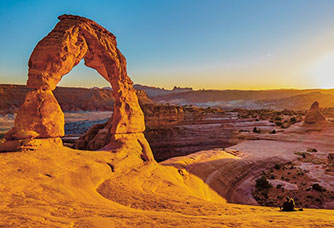Ten-year-old Robert Ellis could hardly believe it. It was July 1587. And finally Robert and his father were here: America! Back home in England, most people had only heard stories about this dazzling, unfamiliar land.
The journey by ship across the ocean from England had taken two miserable months. Rats nipped at people’s toes. Human waste sloshed around the bottom of the boat. If you dunked into the ocean for a bath, you might get bitten by a shark. (This had actually happened to someone.)
But when Robert stepped onshore that warm day in 1587, memories of the nightmarish trip melted away. Stretched out before him was a place of unimaginable beauty. Golden beaches sloped into glittering water. Thick forests hummed with the sound of frogs. This was Roanoke, a tiny island off the coast of what the English called Virginia. (Today, it’s part of North Carolina.)
Robert, his dad, and about 115 other people had come here for an important mission: to start a colony, a little piece of England in America. They would build a cozy village, set up farms, and gather treasures to send back home—furs, fruit, spices, maybe even gold.
But if Robert had known what would soon happen on Roanoke, he might have jumped right back on the ship and sailed home to England.
Within three years, he and the other colonists would vanish from the face of the Earth.

